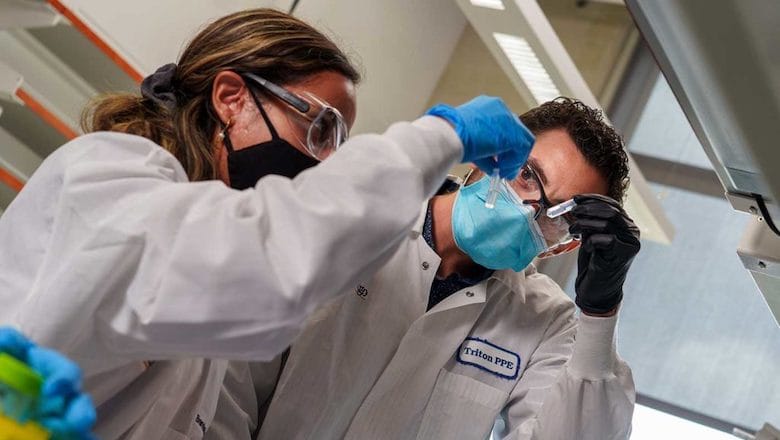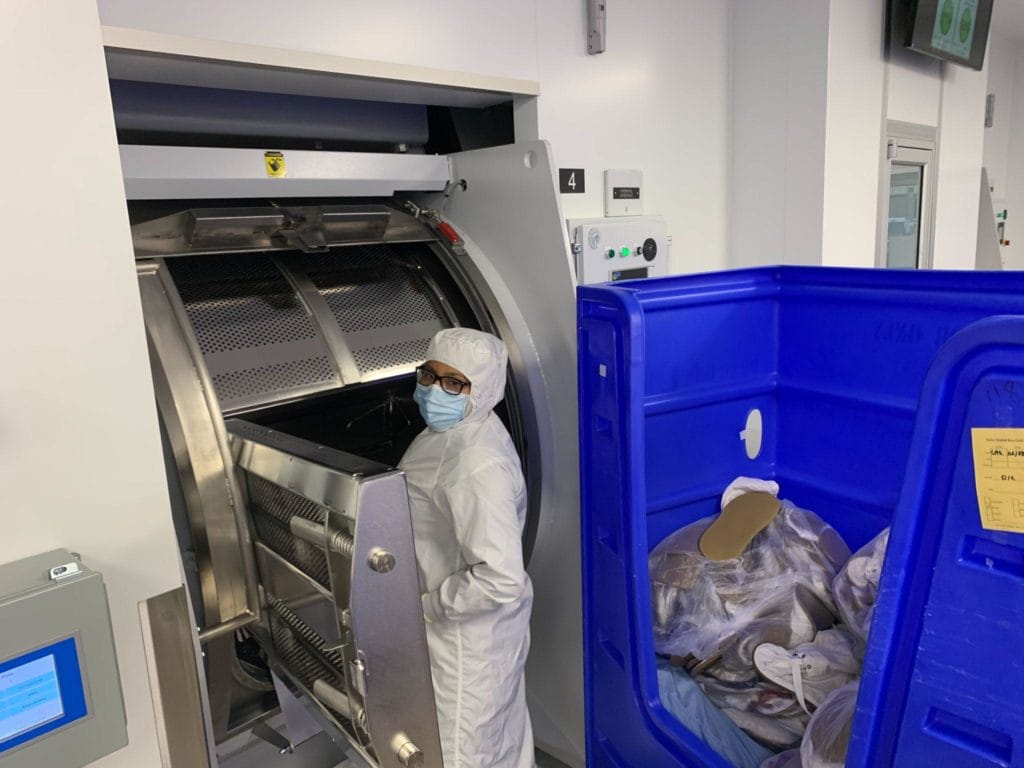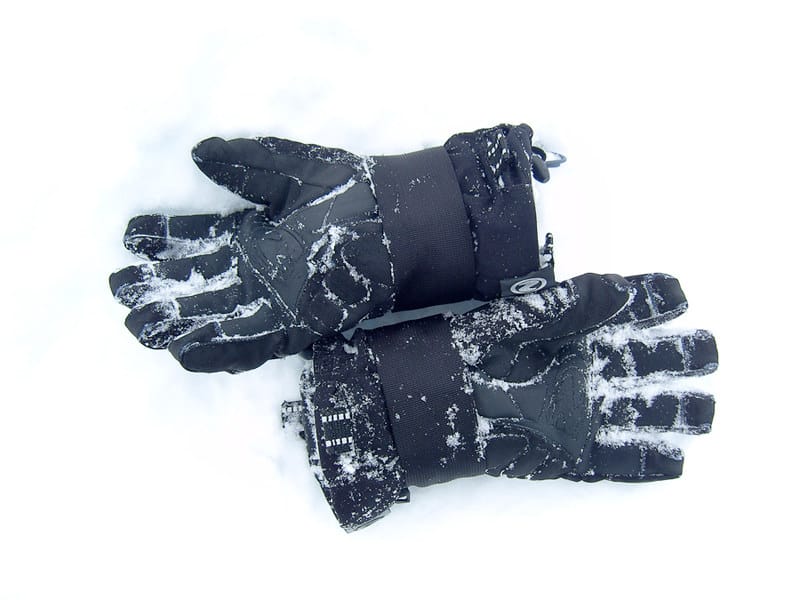
Cross‑contamination spreads through cuts, allergens—and even misplaced gloves. A smart color‑coding PPE system turns everyday gear into powerful visual safeguards embedded in your process.
This 5,500+‑word guide dives deep into color best practices, real-world ROI, audit compliance, and how procurement teams can build foolproof systems.
Color‑coding PPE (e.g., blue for raw zones, red for allergen areas) simplifies visual cues, strengthens containment, supports HACCP, FSMA, ISO 22000, and dramatically reduces cross-zone contamination incidents.
Food Recall Risk: Why This Matters Now
- According to industry sources, average direct recall cost ~US$10 million, excluding indirect losses like brand damage or regulatory penalties. :contentReference[oaicite:1]{index=1}
- For produce-related operations, recall costs average ~US$1.56 million—small changes like PPE color-coding offer large risk reduction. :contentReference[oaicite:2]{index=2}
- A major recall for peanut butter contamination led to US$1 billion in losses across the industry. :contentReference[oaicite:3]{index=3}
- Australia in 2018 faced massive disruption when sewing needles were found in strawberries—protocol failures highlight the need for visual controls. :contentReference[oaicite:4]{index=4}
Real-Life Success Stories
Case Study 1: USDA Plant Implements Glove Color-Coding
At a large USDA-inspected processing plant, switching to color-coded gloves by department reduced cross-contamination, strengthened audit readiness, and clarified origin during incidents. :contentReference[oaicite:5]{index=5}
Case Study 2: Quick‑Service Chain Traces Contamination Fast
A QSR chain adopted color-coded glove systems, enabling rapid traceability when allergens were found—boosting customer trust and audit compliance. :contentReference[oaicite:6]{index=6}
Case Study 3: Color-Coded Tools Support Hygiene and Efficiency
PPE color-coding wasn’t limited to gloves; color-coded tools (buckets, brushes, scoops) in a facility improved both cleanliness and production workflow. :contentReference[oaicite:7]{index=7}
Psychology & Color Theory in Facilities
| Color | Suggested Zone/Usage | Behavioral Benefit |
|---|---|---|
| White | Ready-to-eat, high-hygiene areas | Evokes cleanliness, assures auditors |
| Blue | Raw prep non-allergen | High contrast on food items, easy to spot |
| Red | Allergen zones | Universal alert color to signal caution |
| Green | Produce areas | Instills freshness, clarity |
| Yellow | Cleaning & sanitation crew | Visibility + caution (wet floor or chemical use) |
| Gray | Waste or soiled PPE zones | Neutral, signals non-food handling |
Limiting to 3–5 colors avoids confusion. Overcoloring dilutes recognition. :contentReference[oaicite:8]{index=8}
How to Implement a Color-Coded PPE Program
- Procedure Mapping: Define high-risk zones—raw, allergen, RTE, cleaning, waste.
- Assign Colors: Align PPE and tools by zone.
- Update Procurements: Specify color, item, batch consistency.
- Train Staff: Use visual boards, hands-on sessions, PMS.
- Audit and Pivot: Monthly compliance reviews, replace fading items proactively.
System-Wide Benefits Observed
- Cross-Contamination Reduced: Visual cues enforce hygiene. :contentReference[oaicite:9]{index=9}
- Faster Onboarding: Color cues transcend language barriers. :contentReference[oaicite:10]{index=10}
- Lean 5S Synergy: PPE quickly sorted and audited with visual order. :contentReference[oaicite:11]{index=11}
- Tool Care & Traceability: Color-coded PPE stays in designated zone. :contentReference[oaicite:12]{index=12}
Procurement Tactics for Color Consistency
- Order by Dye Lot: Prevents mismatched shades mid-production.
- Embed Color in RFQs: Cuts scope creep—requires supplier clarity.
- Plan Spare Stock: Keeps program resilience even with storage loss.
- Include Color Audits: Monthly checks for fade or misplacement.
Expanded FAQ for Buyers
Q1: Is color-coding a GFSI requirement?
A: Not mandatory, but strongly supported by BRC, ISO22000, and FSMA practices. :contentReference[oaicite:13]{index=13}
Q2: Effective colors for allergen/OEL zones?
A: Red remains most intuitive alert color.
Q3: What about fade resistance?
A: Test wash/dye-locking before full rollout.
Q4: Overdependence on color risks?
A: Combine with training and audits; color is helper, not sole control.
Q5: Ideal number of colors?
A: 3–5, mapped clearly to functions or zones.
Strategic Buyer Checklist
- [ ] Define and document production zones.
- [ ] Assign clear color schema aligned with roles.
- [ ] Update vendor contracts with dye specs and approvals.
- [ ] Rollout with visible wall guides, sample gear.
- [ ] Monthly archive integrity & audit compliance checks.
Conclusion
Color-coded PPE transforms visual management into safety and compliance asset. It helps you control pathogen spread, build audit-ready programs, and train globally diverse teams efficiently.
Need field-tested PPE color maps or a full zone-by-zone rollout template? I’ve got them ready.
📩 Email: [email protected]
🌐 www.workwearsolutions.net
Zion Zhang
Recent Posts
 Food PPE Laundering, Storage, and Disposal: Keeping Safety Clean2025年8月7日You’d never expect a glove to taint your product—but […]
Food PPE Laundering, Storage, and Disposal: Keeping Safety Clean2025年8月7日You’d never expect a glove to taint your product—but […] Hairnets, Beard Covers, and Bouffant Caps: Managing Contamination Risk Above the Shoulders2025年8月7日Even the smallest strand of hair or skin particle can […]
Hairnets, Beard Covers, and Bouffant Caps: Managing Contamination Risk Above the Shoulders2025年8月7日Even the smallest strand of hair or skin particle can […] Choosing the Right Gloves for Food Processing: Cut, Grip, and Hygiene2025年8月7日In food processing, gloves are more than hygiene […]
Choosing the Right Gloves for Food Processing: Cut, Grip, and Hygiene2025年8月7日In food processing, gloves are more than hygiene […] Disposable vs Reusable Food PPE: Which Is Right for Your Operation?2025年8月7日Choosing the wrong type of PPE in food processing […]
Disposable vs Reusable Food PPE: Which Is Right for Your Operation?2025年8月7日Choosing the wrong type of PPE in food processing […] Introduction to Food Industry PPE: Hygiene, Safety, and Compliance2025年8月7日Introduction to Food Industry PPE: Hygiene, Safety, and […]
Introduction to Food Industry PPE: Hygiene, Safety, and Compliance2025年8月7日Introduction to Food Industry PPE: Hygiene, Safety, and […] Hi-Vis Winter Gloves: Extreme Cold, Visibility, and Compliance for Arctic Worksites2025年8月5日Working in Arctic or sub-zero conditions is not just […]
Hi-Vis Winter Gloves: Extreme Cold, Visibility, and Compliance for Arctic Worksites2025年8月5日Working in Arctic or sub-zero conditions is not just […]
CONTACT US
- Feel free to contact us any time. We will get back to you as soon as we can!
- +86-17330061805
